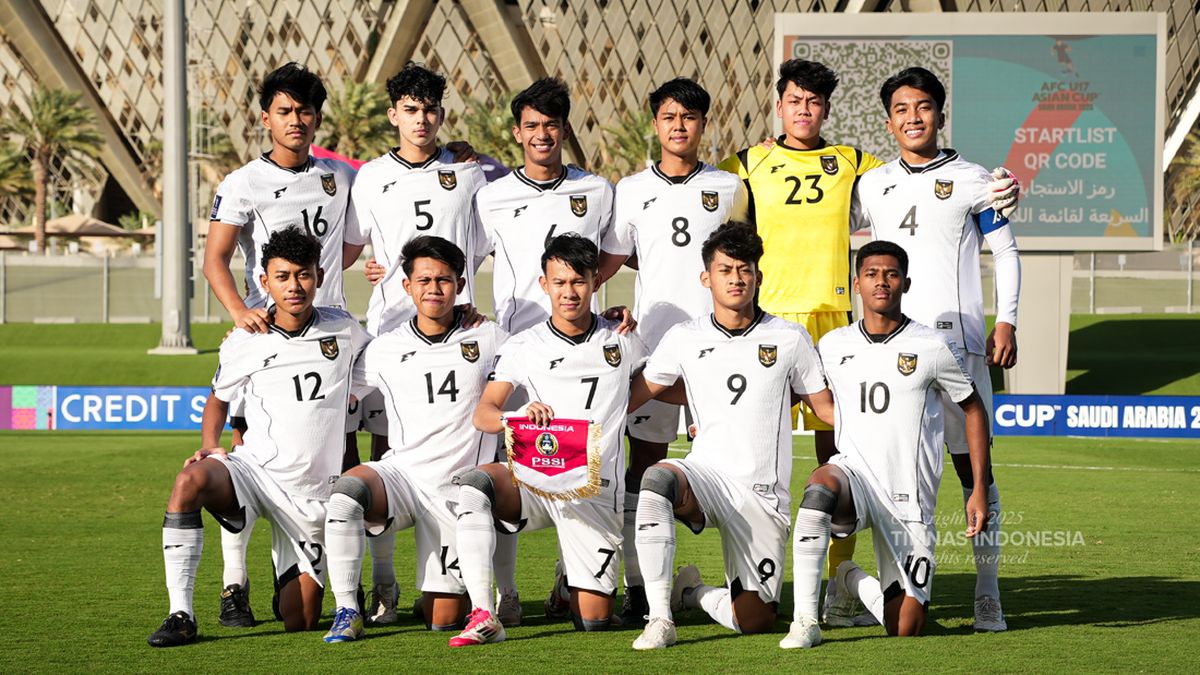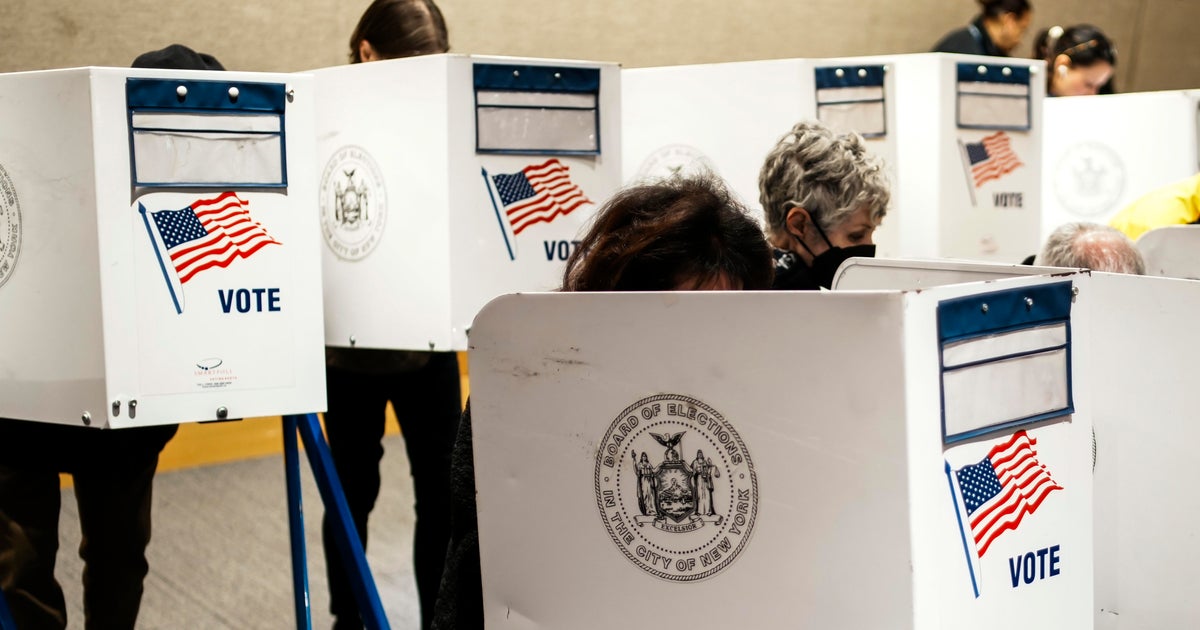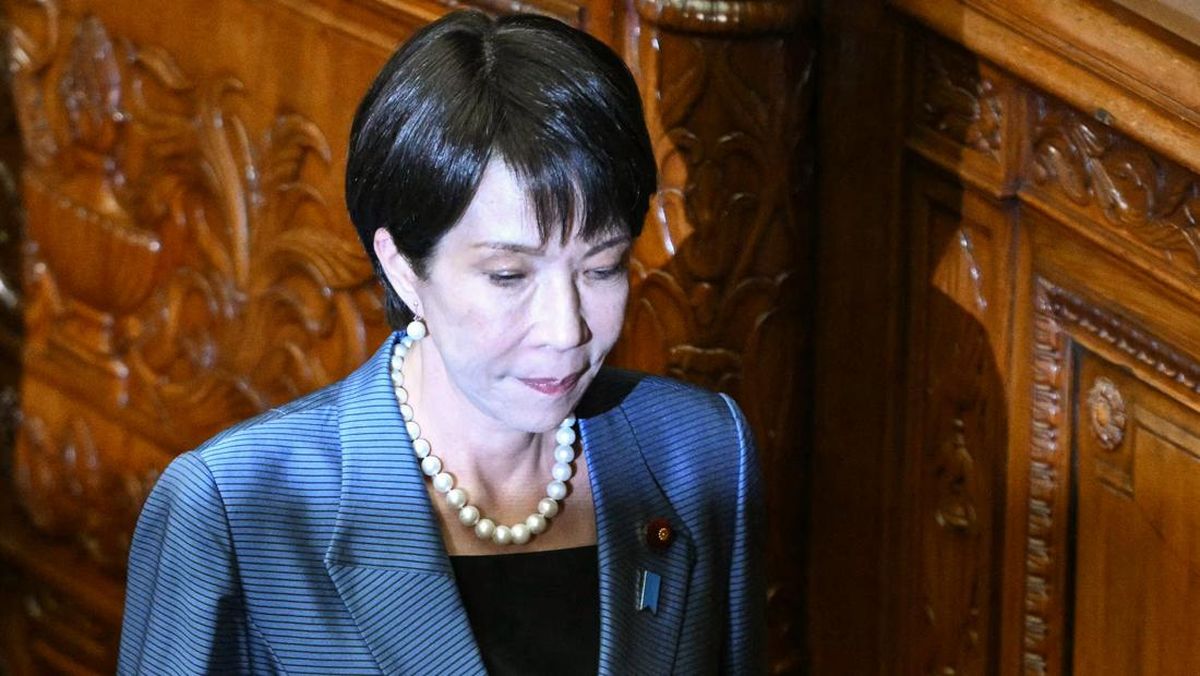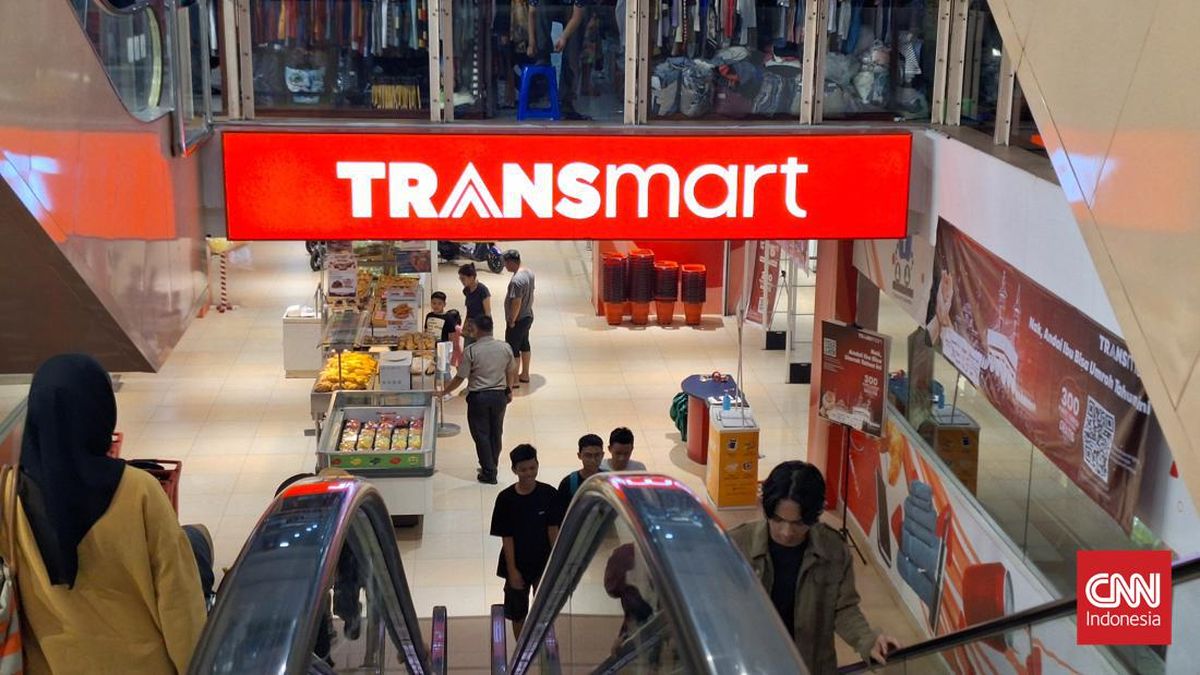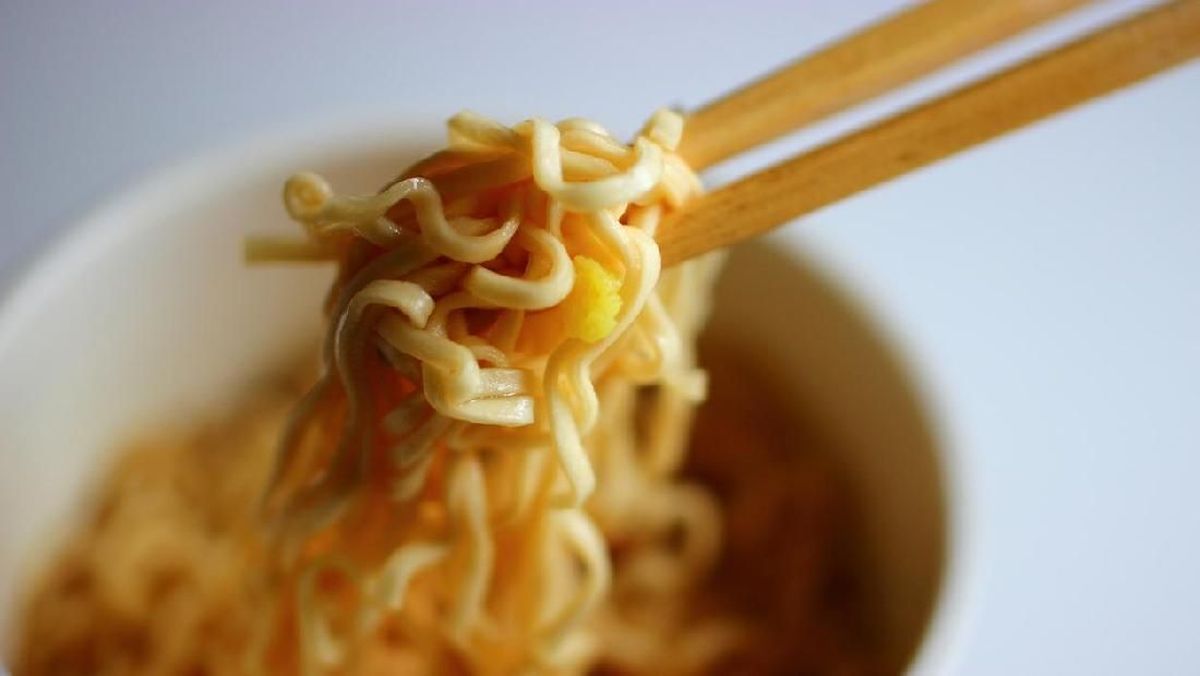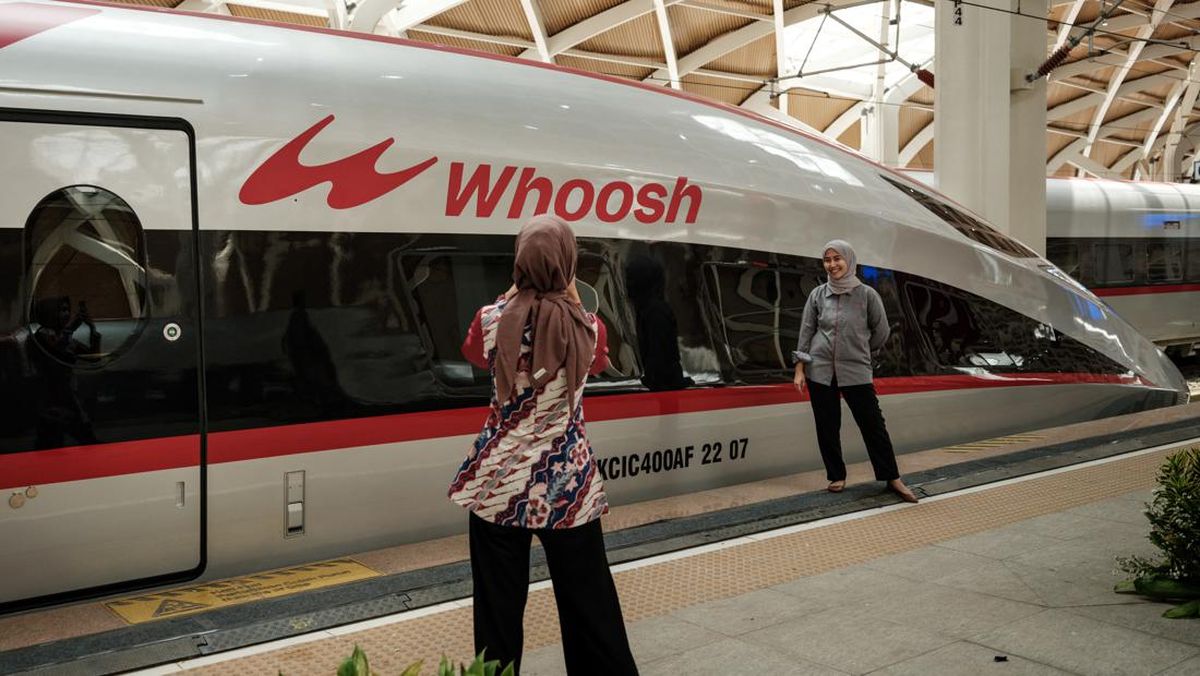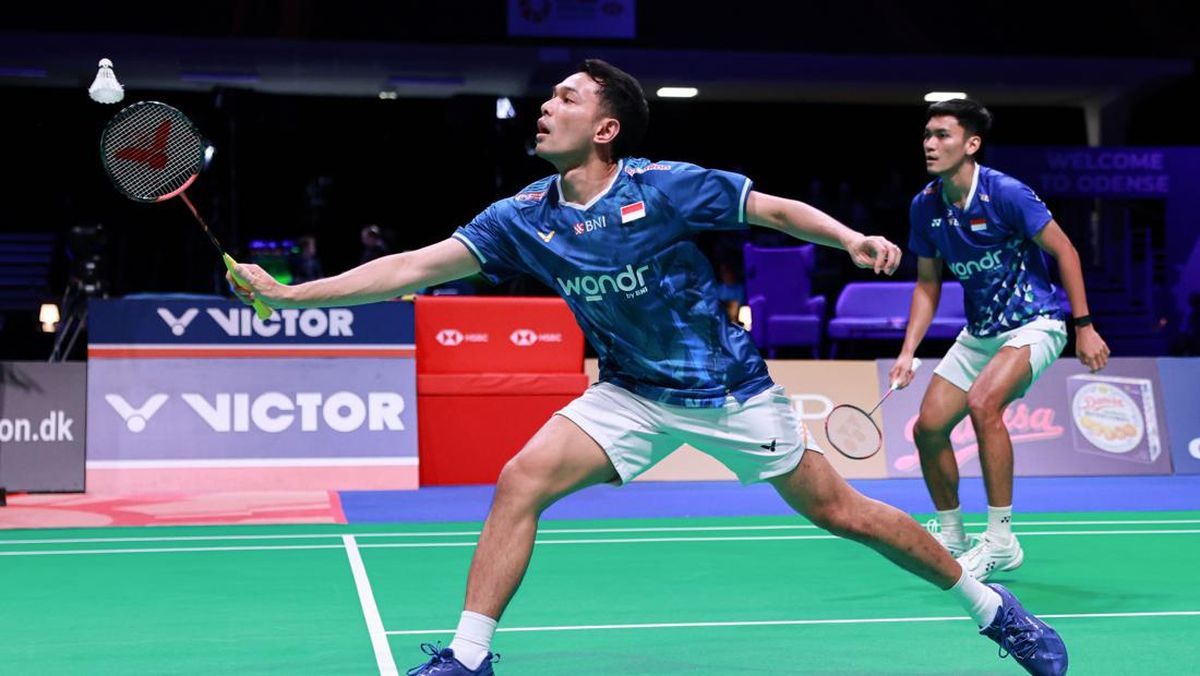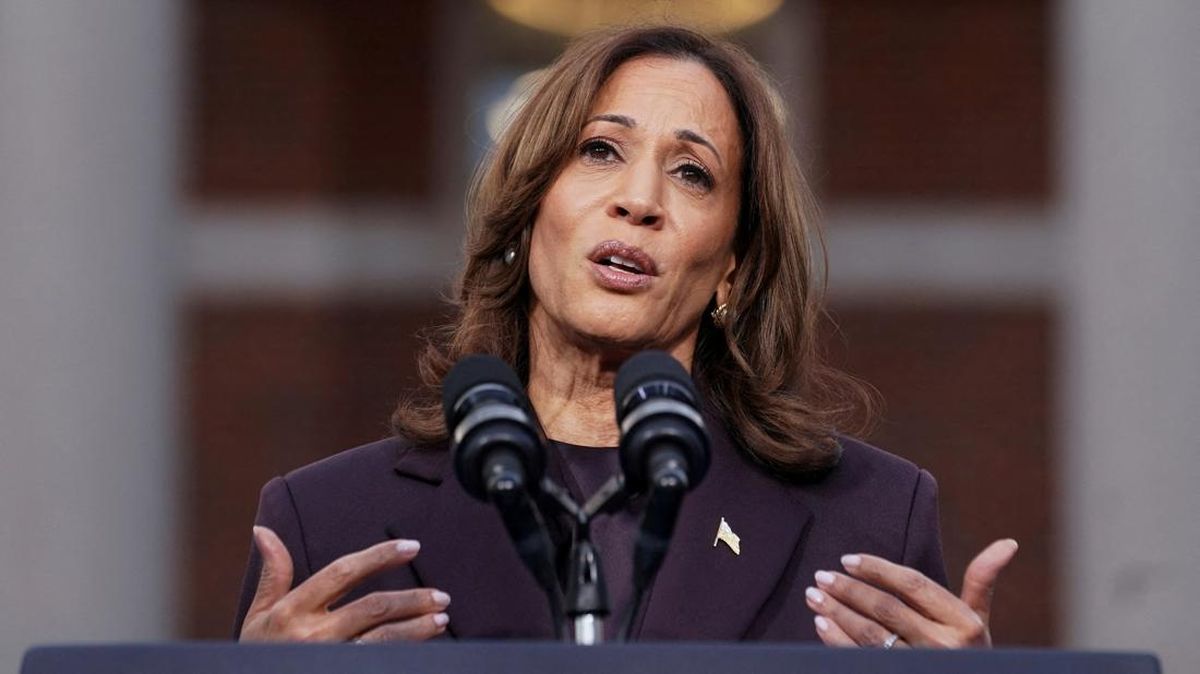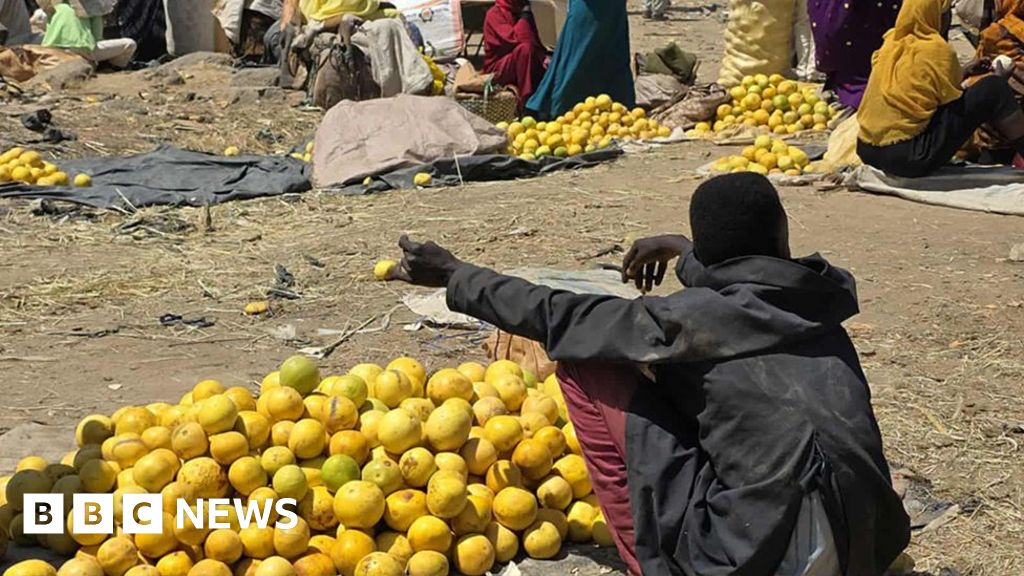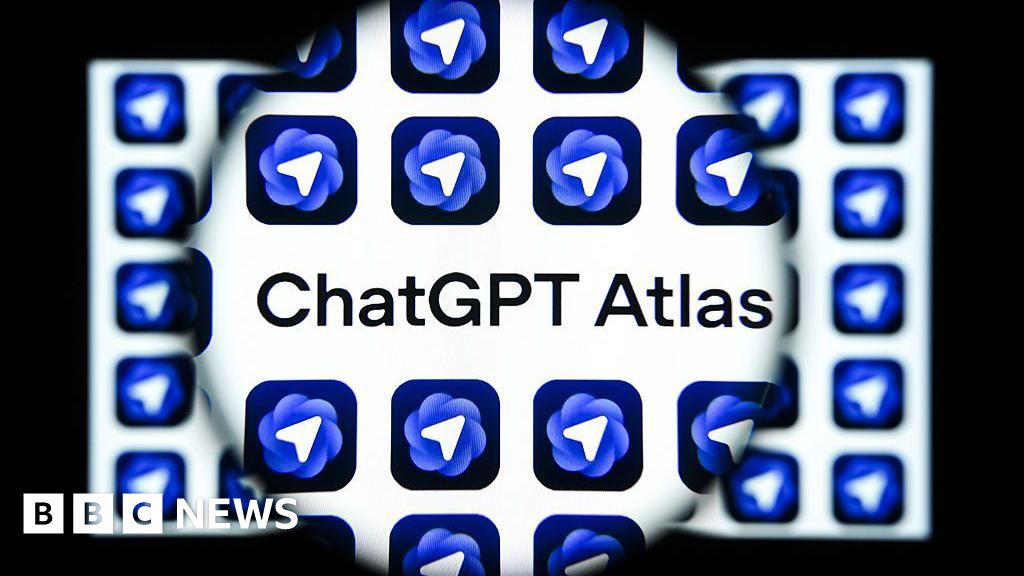
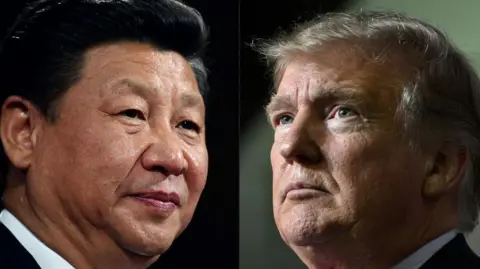 AFP via Getty Images
AFP via Getty Images
The visit includes a much-awaited meeting between Donald Trump and Xi Jinping
US President Donald Trump is arriving in Asia for a whirlwind week of diplomacy, which includes a much-anticipated meeting with his Chinese counterpart, Xi Jinping.
Top of the agenda between the two will be trade – an area where tensions between the world's two biggest economies have once again been ramping up.
Trump lands in the Malaysian capital, Kuala Lumpur, as a summit for the Association of Southeast Asian Nations, or Asean, begins on Sunday. He will then visit Japan and finally South Korea, where the White House says he will meet Xi.
So what are the wins Trump and other leaders are hoping for, and what are the pitfalls?
Our correspondents explain what you should know about the week ahead.
For Trump, China is the key
By Anthony Zurcher, North America correspondent
Inking new trade deals that provide opportunities to American businesses while keeping the tariff revenue flowing into the US Treasury is sure to be a central focus of Trump's Asia trip.
While there are multiple players in the global trade dance, the key to Trump's success or failure is China. And Trump's scheduled meeting with Chinese leader Xi Jinping on the sidelines of Apec – the first since 2019 – could set the course for US-China relations for the rest of Trump's second term in office.
As the US president has acknowledged, draconian tariffs on Chinese imports are unsustainable. And while he has not explicitly said so, an escalating economic war with America's largest trading partner would have devastating consequences – for the US, for China and for the rest of the world.
The steep tumbles in the major US stock indexes every time China and the US appear at an impasse underlines this reality.
When he heads back to America next week, Trump is sure to be pleased if he is able to finalise a deal with South Korea and secure new Japanese investment in US manufacturing.
But his top priority is sure to be convincing Xi to resume purchases of American agricultural exports, loosen recent restrictions on foreign access to Chinese rare earth materials, give US companies greater access to the Chinese market and avoid a full-blown trade war.
For Trump, as the saying goes, that's the whole ballgame.
Xi's long game
By Laura Bicker, China correspondent
When Chinese leader Xi Jinping meets Trump on 30 October in South Korea, he wants to be the tougher negotiator.
That is why he has been leveraging China's stranglehold on rare earths, the minerals without which you cannot make semiconductors, weapons systems, cars or even smartphones. It's a US weakness, and China is exploiting it – just like it is hurting American farmers, and Trump's rural vote base, by not buying their soybeans.
Xi has also learned lessons from Trump 1.0 and this time, Beijing, it appears, is willing to embrace the pain of tariffs. For one, the US, which once took in a fifth of Chinese exports, is no longer such a crucial market.

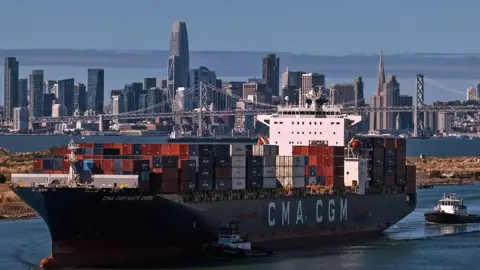 Getty Images
Getty Images
Trump's tariffs on imports to the US will be at the top of the agenda in every meeting this week
Still Xi has a balance to strike, between an economic battle with the US, and his struggle with domestic challenges. And Washington knows about Xi's troubles: high youth unemployment, a real estate crisis, mounting local government debt and a population unwilling to spend.
Analysts believe China may offer to do a deal if Trump agrees to start exporting advanced AI chips or pull back on more military support for Taiwan.
But getting there won't be easy. One big difference is that it often seems like Trump is willing to roll a dice and gamble – but Xi is playing a much longer game.
So the question may be: can Trump wait it out?
A starring role in 'peace'
By Jonathan Head, South East Asia correspondent
The US president appears interested in one thing only during his visit to Malaysia: playing the starring role in a ceremony arranged specially for him, at which Thailand and Cambodia will sign some kind of peace accord.
Differences between the two countries over their border remain unresolved, but, under pressure to come up with something, they have made progress in agreeing to demilitarise the border.
Neither can afford to disappoint President Trump. Back in July, when they were still bombing and shelling each other, his threat to end tariff talks forced them into an immediate ceasefire.
Other Asean member states will hope for Trump's mere presence, brief though it is, to normalise relations with the US.
They have had a tumultuous year in which their export-dependent economies were badly shaken by his tariff war. Exports from the region to the US have doubled since Trump's last visit to the Asean summit in 2017.
Once Trump leaves, the other leaders can settle down to normal business – the quiet, incremental diplomacy which advances the plodding progress of integration among them.
Also on the agenda is a conflict that doesn't have Trump's attention - the civil war in Myanmar, which has haunted every Asean gathering since it was triggered by a brutal coup in 2021.
Ink on paper, please
By Suranjana Tewari, Asia business correspondent
Asia's manufacturing powerhouses, which make up much of the world's output, will be looking for respite from Trump's tariffs.
Some have agreed deals, while others are still stuck in talks – but none have signed an agreement.
So ink on paper, or at least promising talks, would be welcome.

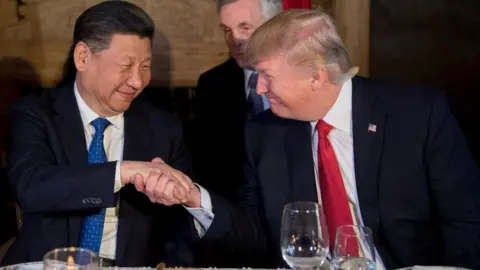 AFP via Getty Images
AFP via Getty Images
Trump and Xi during the latter's visit to the US in 2017
Take China. The meeting between Trump and Xi signals progress, but the two leaders have a lot to unpick, from levies and export controls, to the source of it all: rivalry between the world's two biggest economies as they compete for an edge in AI and advanced tech.
Any ease in those tensions would bring relief to other countries in the region who have been caught in the middle. South East Asia may be the most trapped – it is deeply woven into US supply chains in electronics, for example, yet heavily reliant on Chinese demand.
Exports to the US have doubled over the past decade, but tariffs of 10% to 40% would pummel manufacturers in Vietnam, Indonesia, Singapore and Thailand.
It could also hurt US chipmakers like Micron Technology, which operates plants in Malaysia. The country exported around $10bn worth of semiconductors to the US last year, roughly a fifth of total US chip imports.
Wealthy economies like Japan and South Korea face a different dilemma.
Although close allies of the US, they are in for an unpredictable time – and will want to lock in tariff terms and investments. Automakers in both countries, which see the US as a key market, are already struggling to navigate the chaos.
An early test for Japan's new PM
By Shaimaa Khalil, Japan correspondent
Trump has described Japan's new prime minister, Sanae Takaichi, as a woman with great "strength and wisdom".
This week, her ability to forge a stable, working relationship with him will be an early test of her leadership - and of Japan's place in a shifting world order.
In her first speech in parliament, she pledged to raise Japan's defence budget, signalling her intent to shoulder more of the security burden with Washington.
Trump has spoken of this before and is expected to press Tokyo to contribute more to US troop deployments - Japan hosts the largest number of American forces abroad, about 53,000 personnel.

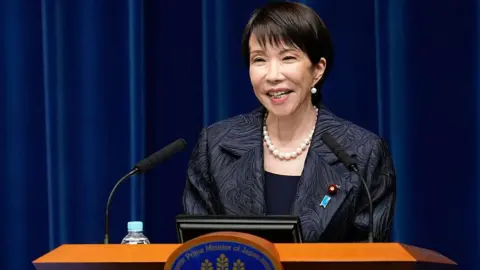 AFP via Getty Images
AFP via Getty Images
Japan's new PM Sanae Takaichi
Both sides also want to finalise a tariff deal negotiated by her predecessor.
Particularly beneficial to Japan's auto giants - Toyota, Honda and Nissan - it cuts US import duties on Japanese cars from 27.5% to 15%, potentially making them more competitive against Chinese rivals.
By retaining Ryosei Akazawa as chief tariff negotiator, Takaichi is betting on continuity.
In return, Japan has pledged to invest $550bn in the US to strengthen supply chains in pharmaceuticals and semiconductors.
Trump has also said Japan will increase purchases of US farm products, including rice, a move welcomed in Washington but unsettling for Japanese farmers.
Takaichi's ties to the late former PM Shinzo Abe, who shared a close rapport with Trump, could also work in her favour.
Abe famously used rounds of golf at Mar-a-Lago to earn Trump's trust – it's the kind of personal diplomacy Takaichi may seek to emulate.
Talking tariffs as Kim Jong Un looms
By Jake Kwon, Seoul correspondent
For South Korean President Lee Jae Myung, the pressing issue is Trump's tariffs.
But that thunder was briefly stolen by rampant speculation that Trump might visit the border to see North Korean leader Kim Jong Un.
Back in August, Lee dedicated most of his time in the Oval Office to flatter Trump as a "peacemaker". Trump responded with enthusiasm to the prospect of sitting down with Kim, who he hasn't seen since 2019. Kim said last month that he still remembers Trump "fondly".
Analysts believe Kim is hoping to legitimise his nuclear weapons programme with another summit with the US president. There is no indication that a meeting is in the works.
Either way, Lee has a trade deal to negotiate. Talks to lower US duties on South Korean exports from 25% to 15% have stalled, despite multiple trips by Seoul officials to Washington. The sticking point is Trump's insistence that Seoul invest $350bn upfront in the US – roughly a fifth of South Korea's economy, such a huge investment could create a financial crisis, Seoul fears.
But in recent days, Korean officials have voiced hope, speaking of tangible progress. And will be hoping for a signed deal by the end of the Wednesday's summit between Trump and Lee.

 3 hours ago
3
3 hours ago
3
